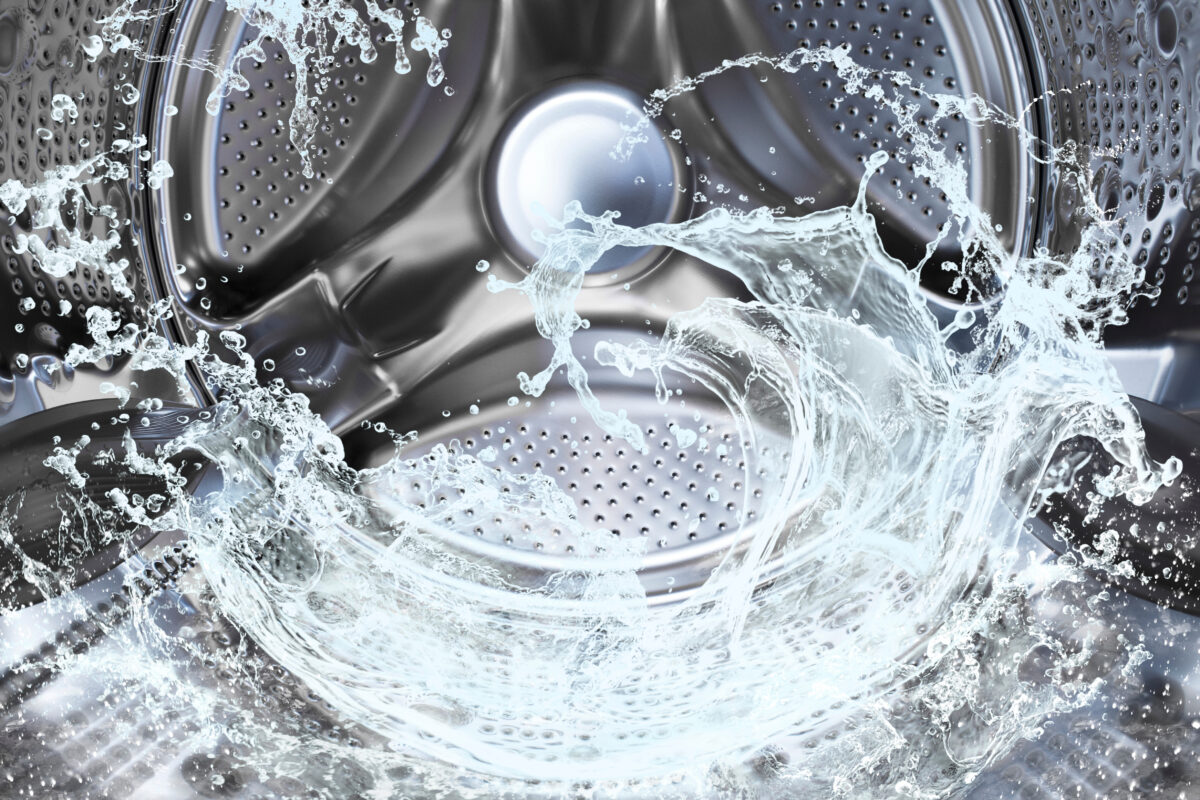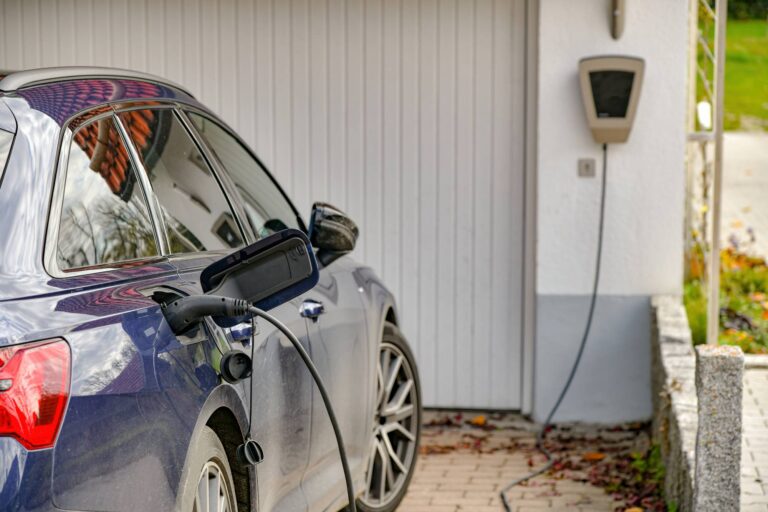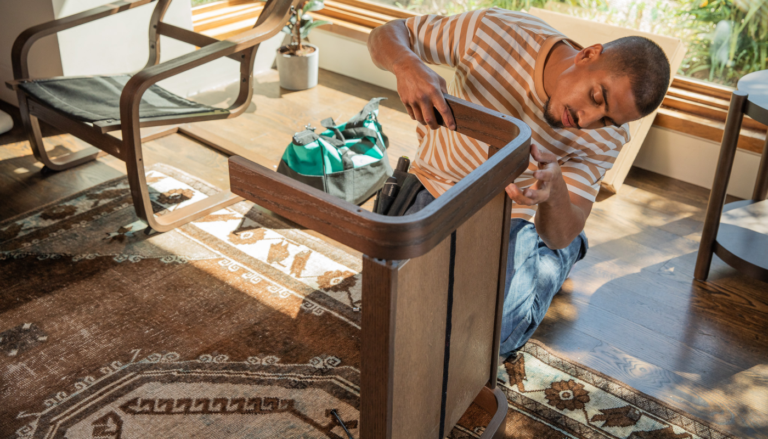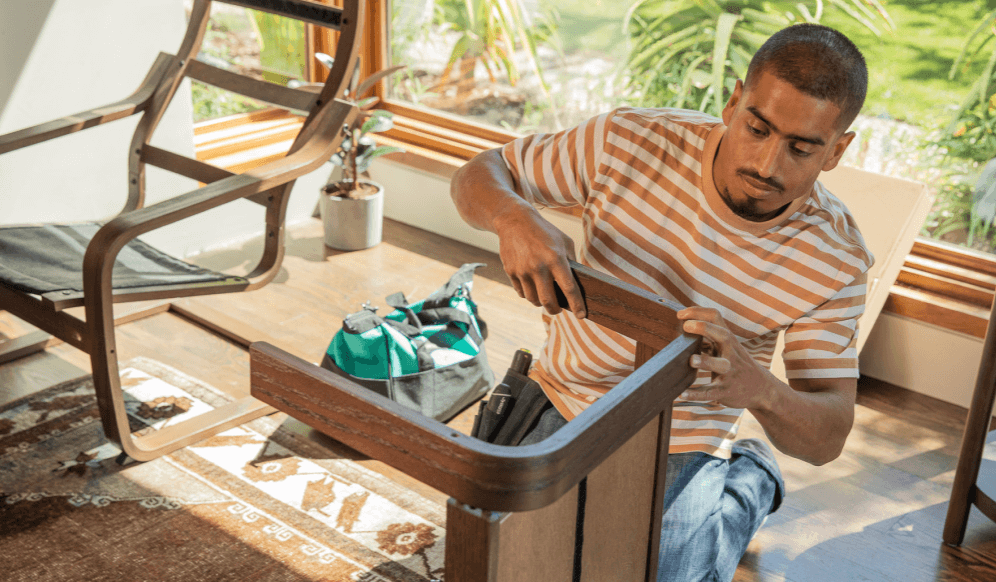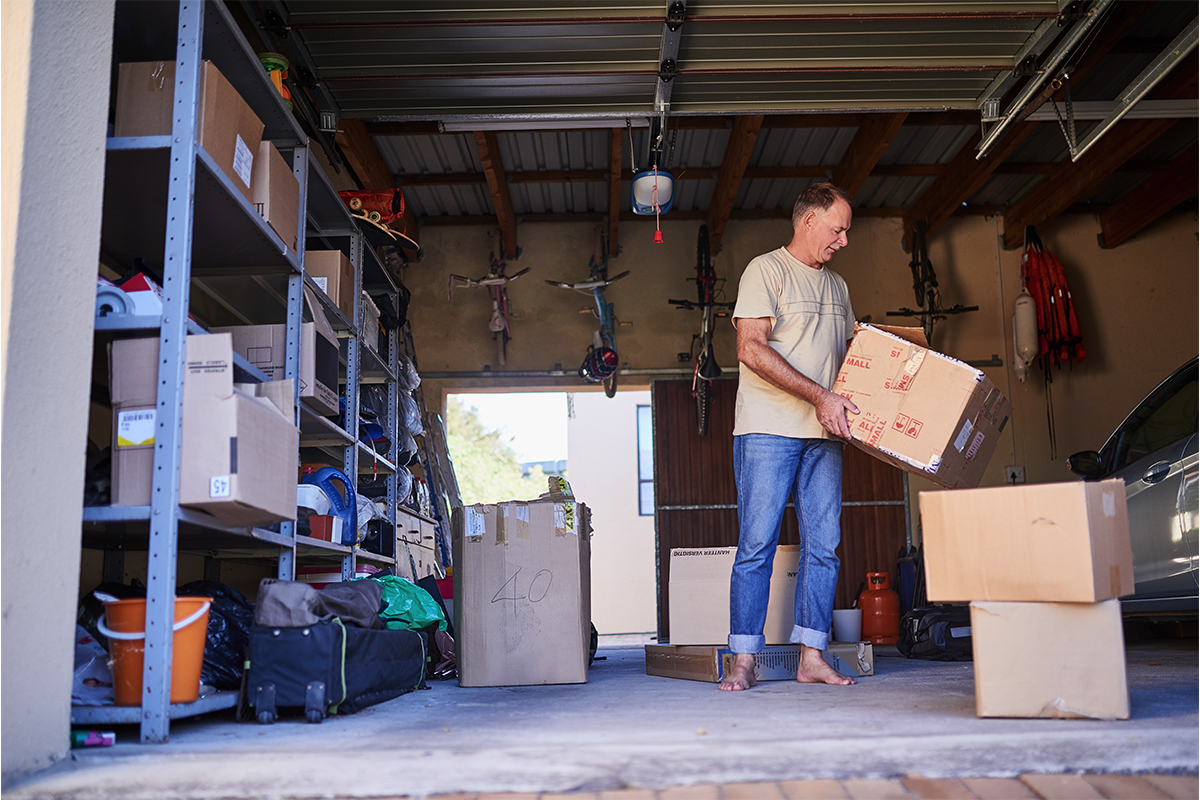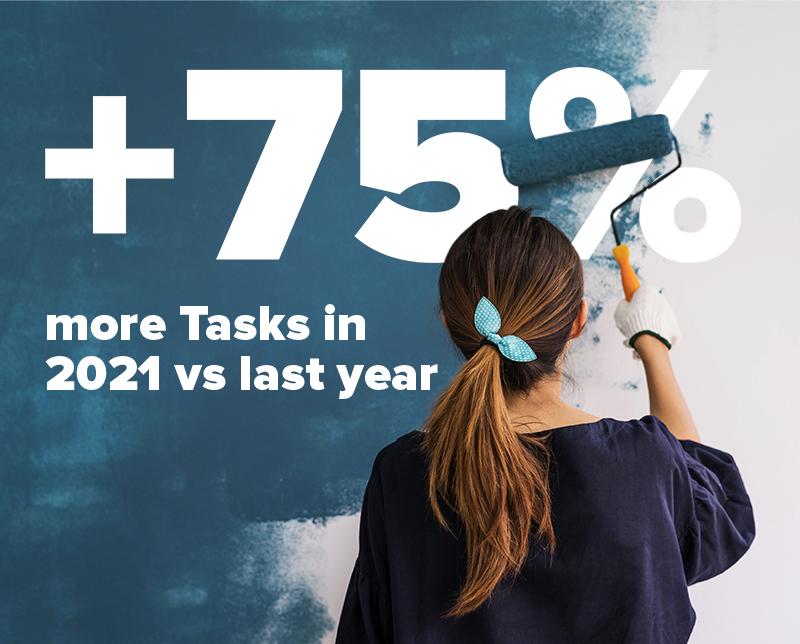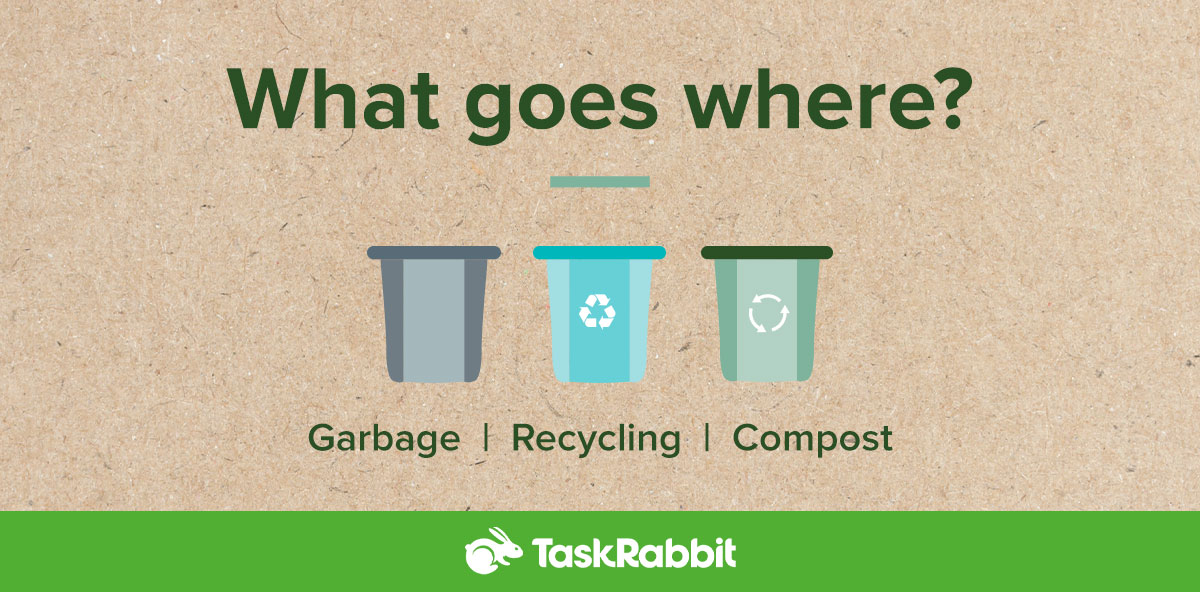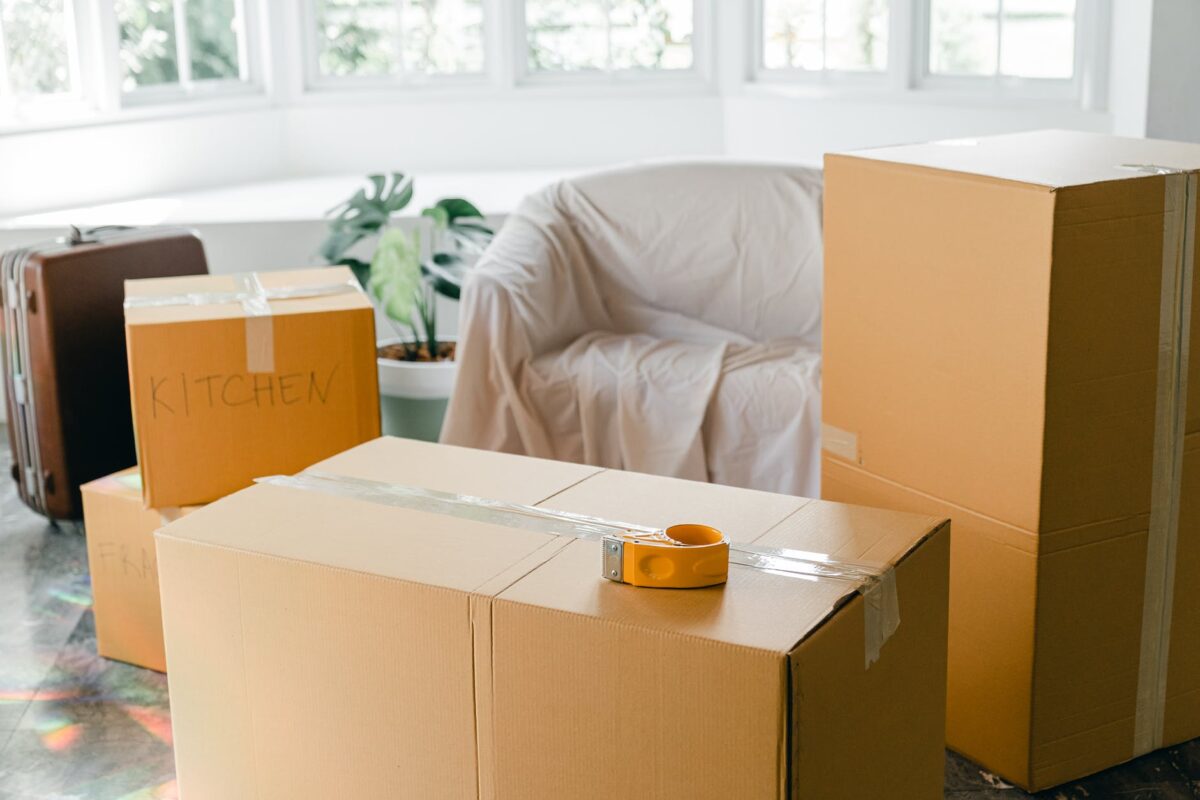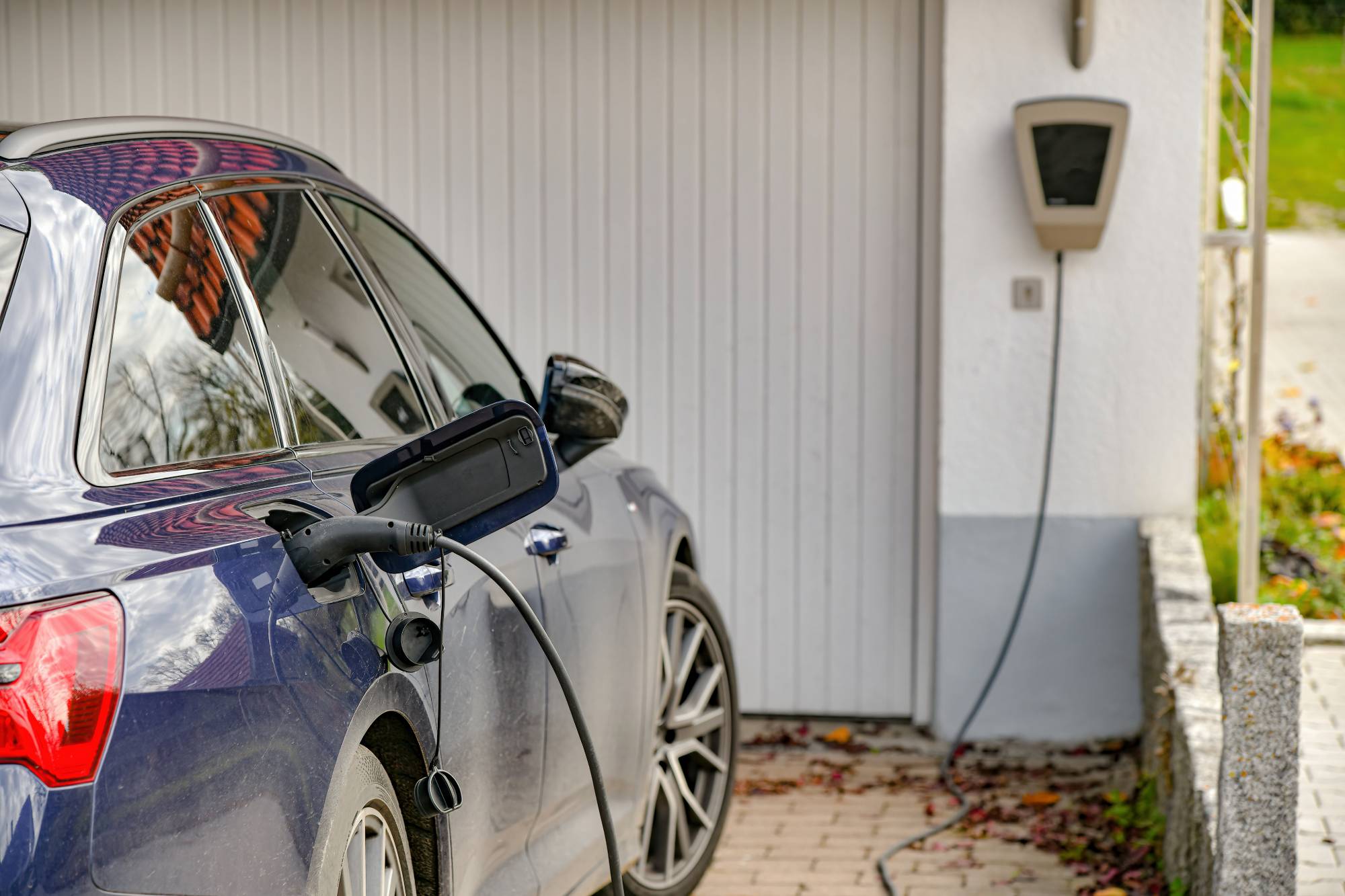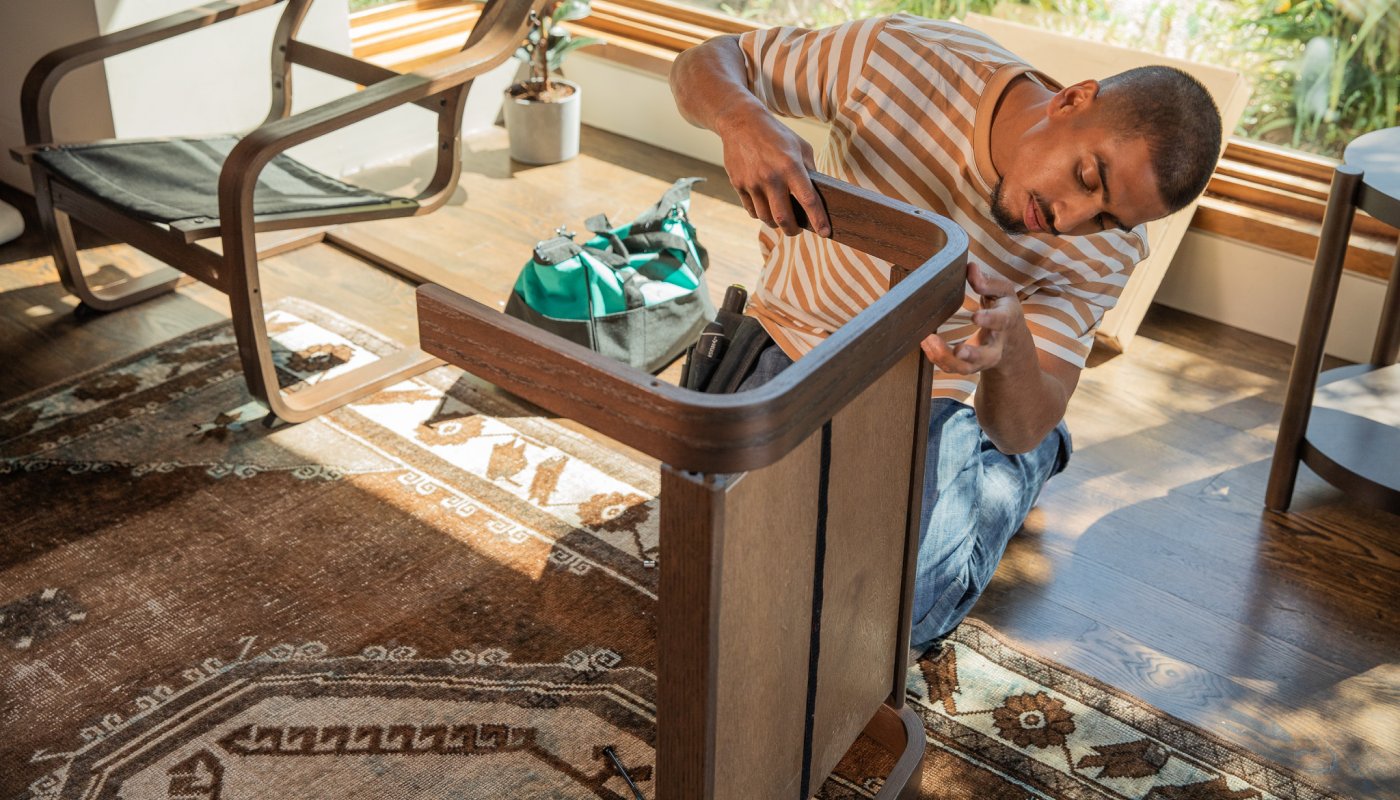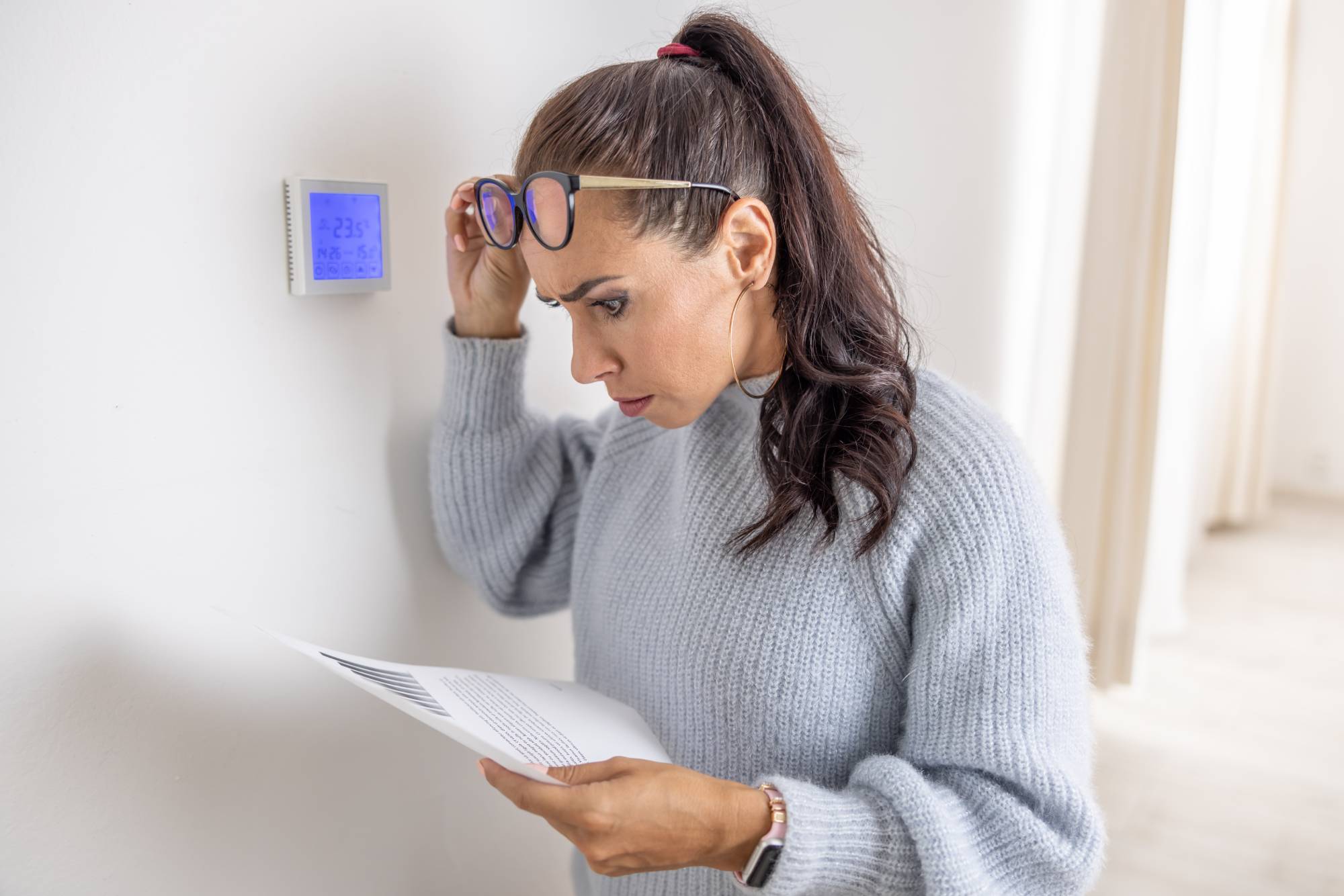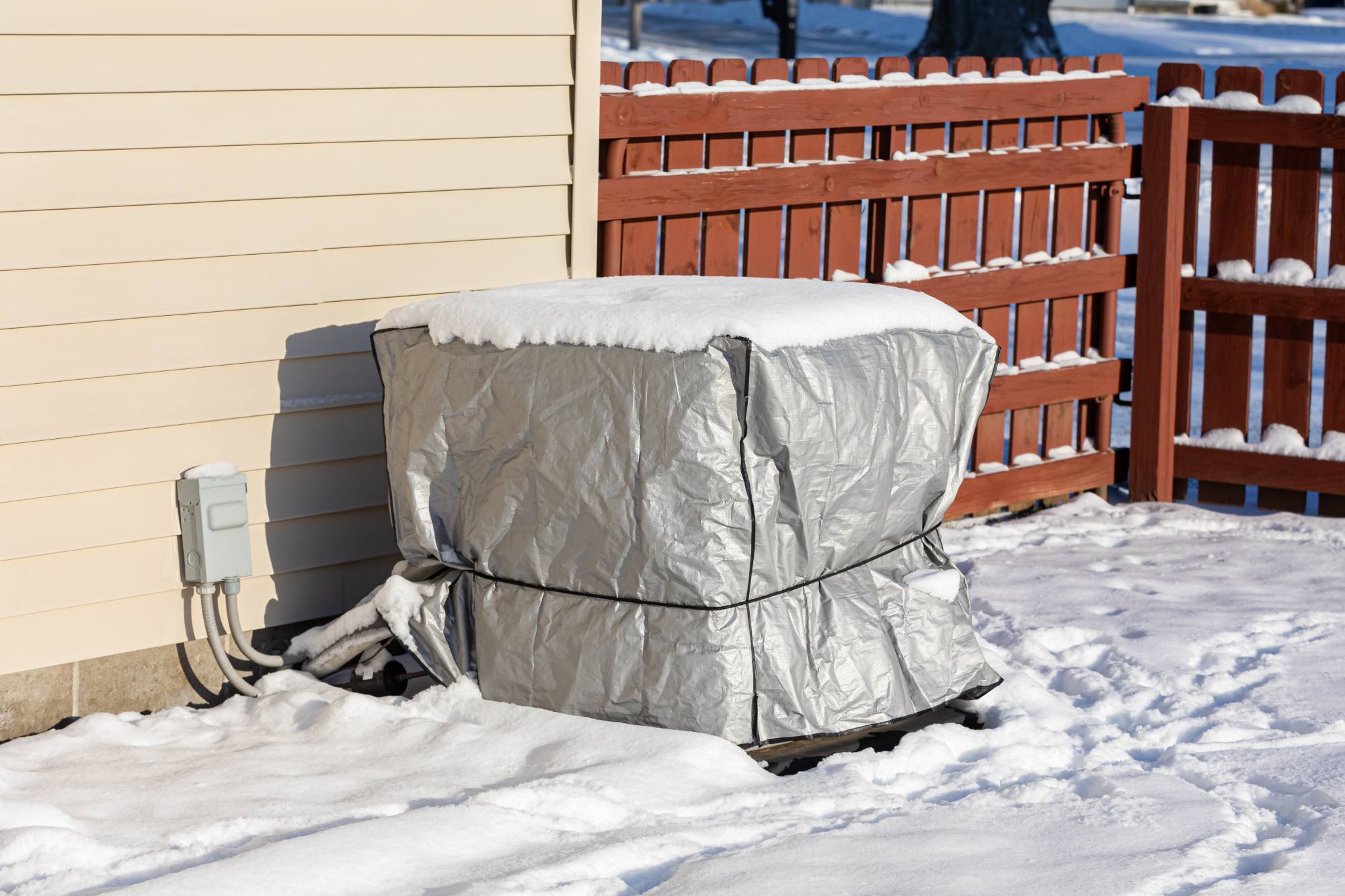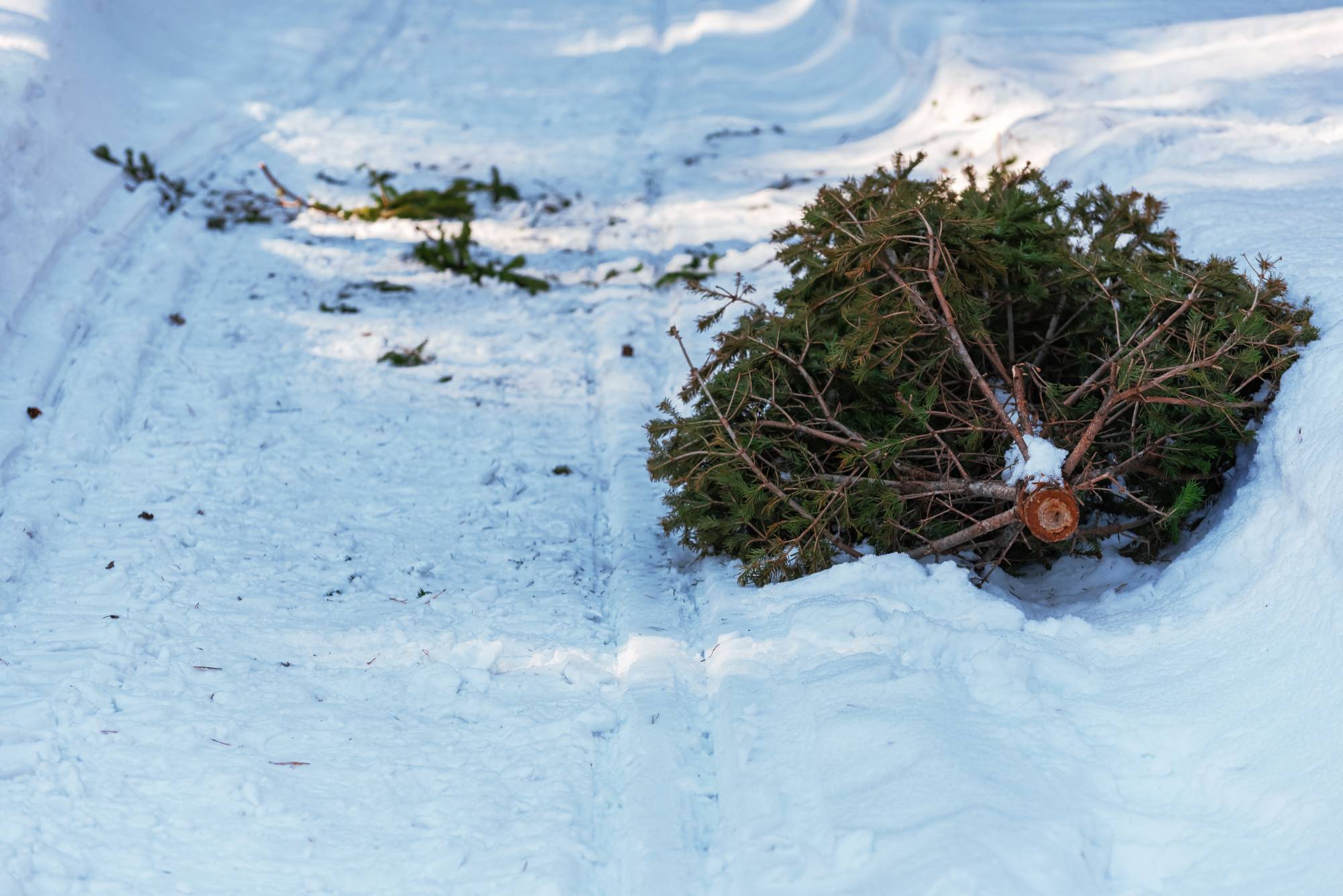It’s that time of the week again: laundry day. When you finally set aside the time to wash that pile of dirty laundry that was only getting larger, it can be frustrating to switch the clothes and find that there’s still water standing in your washing machine! Appliances are supposed to make your life easier, right? The good news is you don’t have to worry just yet. Take a step back, take a deep breath, and dive into the tips below to troubleshoot and address the issue yourself, without having to call a professional. With a little DIY investigation, you can still get your laundry done today!
How Do Washing Machines Work?
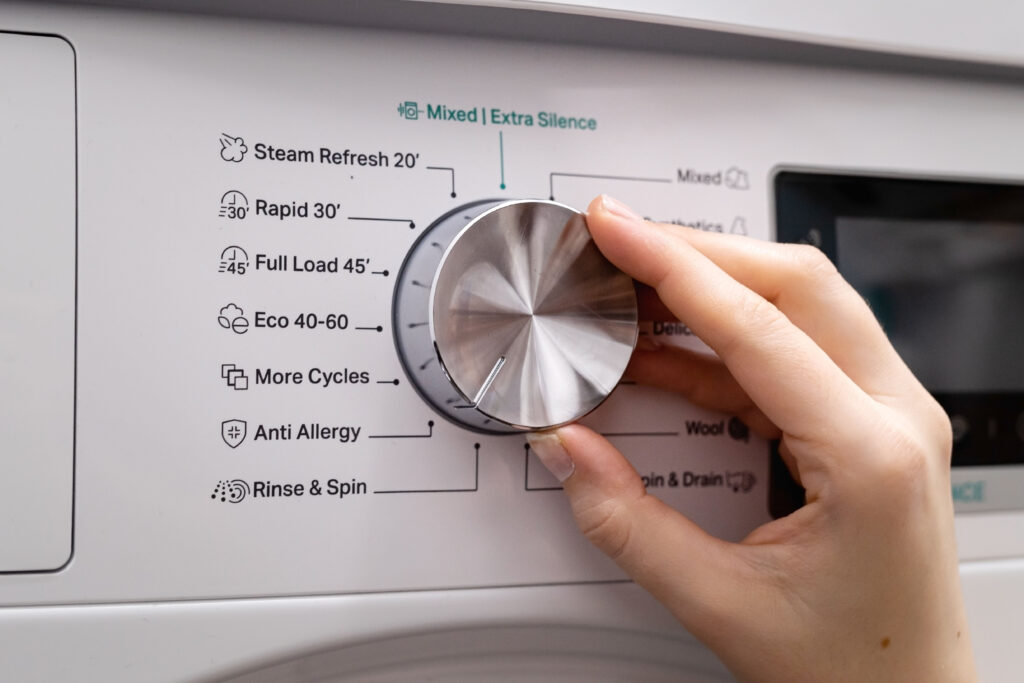
All washing machines function essentially the same: press start and the drum fills with water. After the wash cycle, the machine drains, and the first spin cycle begins. Then the drum refills to rinse the clothes with clean water. Finally, the machine drains and spins one final time to spin the clothes dry.
Troubleshooting a Washing Machine That Won’t Drain
When there’s water still standing in your washing machine, the issue is likely due to one—or both—of two reasons: either your machine isn’t spinning properly or it isn’t draining properly. Fortunately, there are a variety of steps you can take to diagnose and resolve the issue.
1. Check the Drain Hose
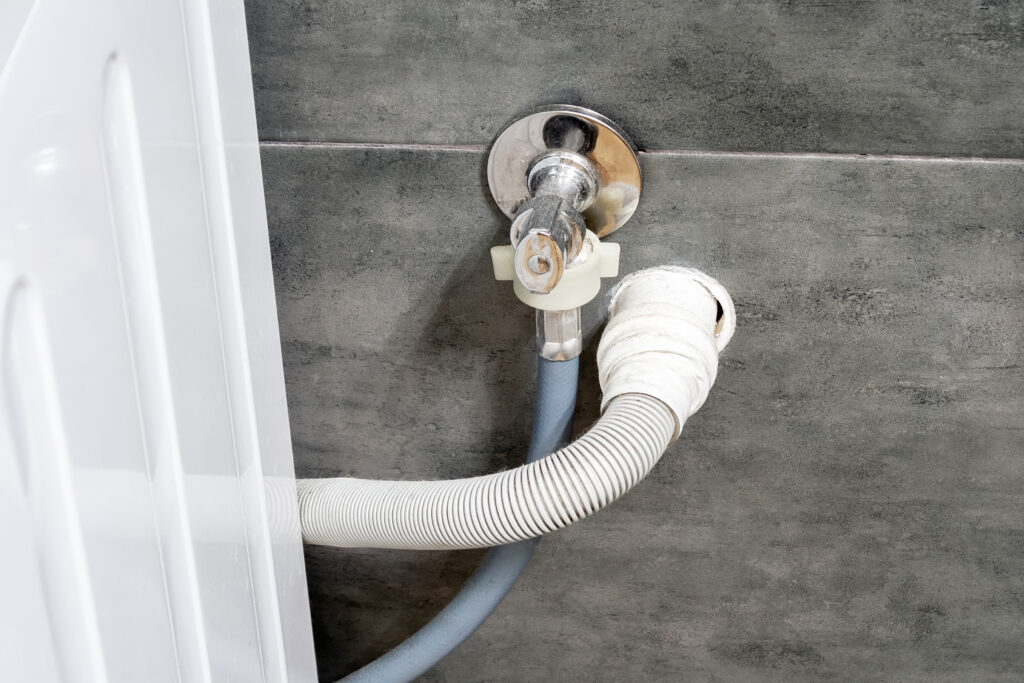
If the washing machine drain hose is clogged, frozen, or bent, water won’t be able to flow out of your machine which causes water to back up. Using your manufacturer instructions, locate the drain hose, and make sure it isn’t kinked or twisted.
Additionally, drain hoses can freeze during cold weather. To unfreeze a drain pipe, pour hot water into the drain or use a hair dryer to melt any ice.
If neither of these are the issue, the drain hose could be clogged. To unclog a drain hose, you’ll first need to manually drain water from your washing machine (see Step 2 to find out how). Once your washing machine is empty, unscrew the hose from the wall, empty any remaining water from the hose in a bucket, and unscrew the other end. Then, inspect the hose for any blockages, such as small clothing items like socks.
2. Manually Drain the Washing Machine
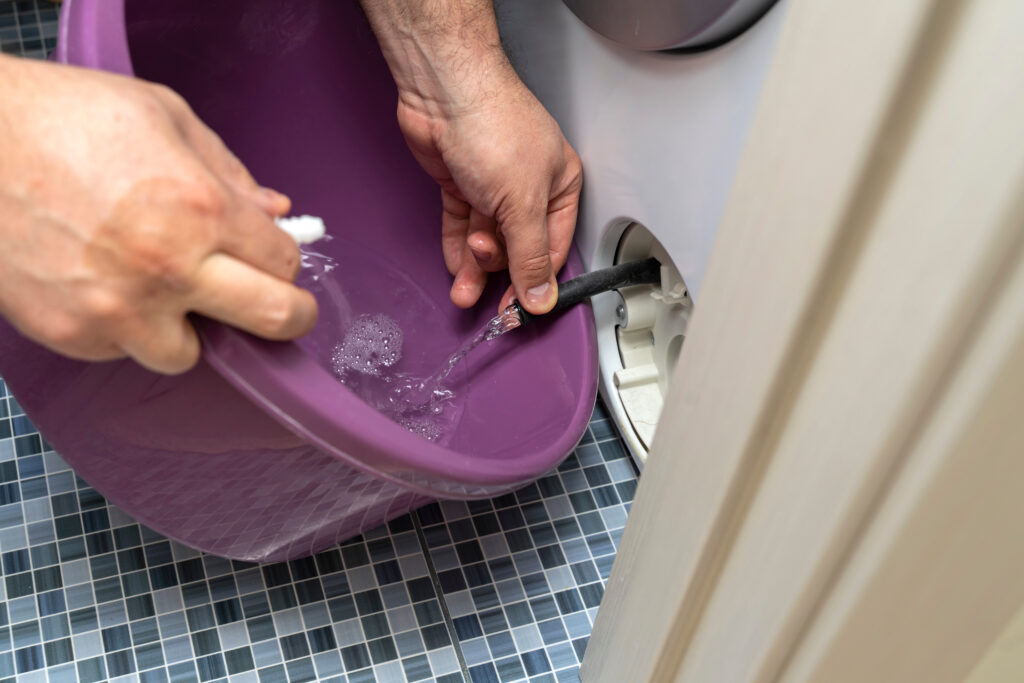
If you’d rather not use a cup to bail standing water out of your washing machine, there is an alternative to this time-consuming and back breaking process. (Plus, we don’t recommend it for front-load washer machines anyway!) Simply drain the water with the drain hose.
With a bucket and clamps handy, start by turning off the power and removing the drain tube. If water doesn’t flow from the drain hose, the filter may be blocked. In this case, follow Step 4 before proceeding to drain the water from the washing machine. If water is flowing, simply clamp the hose when you need to drain the bucket, or hold the hose up so water doesn’t flow while a helper dumps the bucket for you.
3. Check for Deeper Clogs
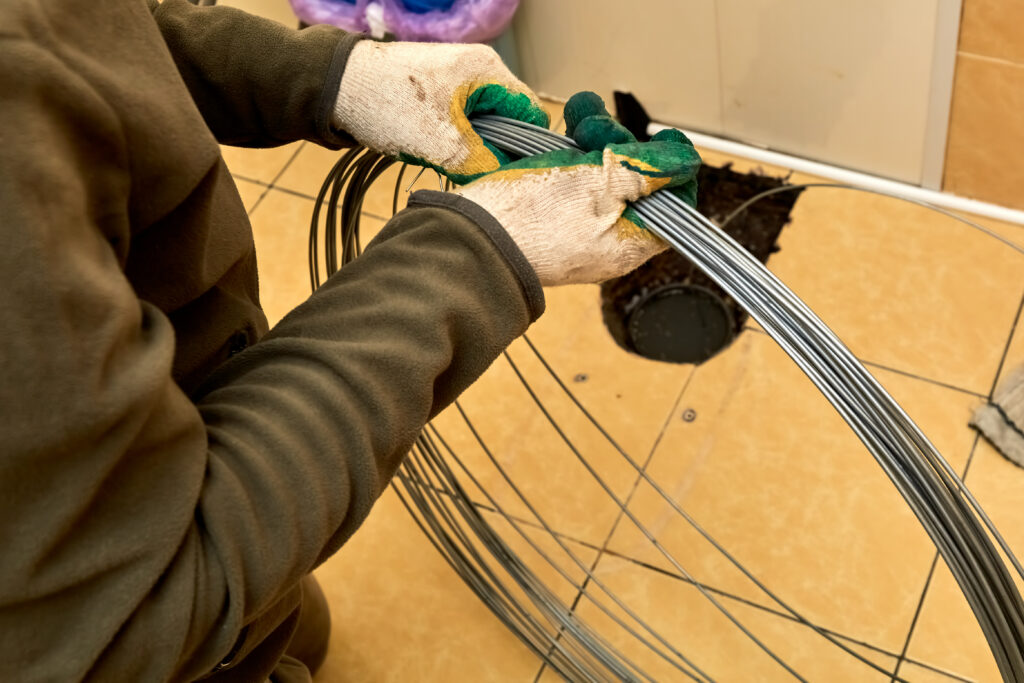
If your investigation shows the drain hose is clear, there could be a deeper clog. Use a plumber’s snake or call a professional to address this issue.
4. Clean the Pump Filter
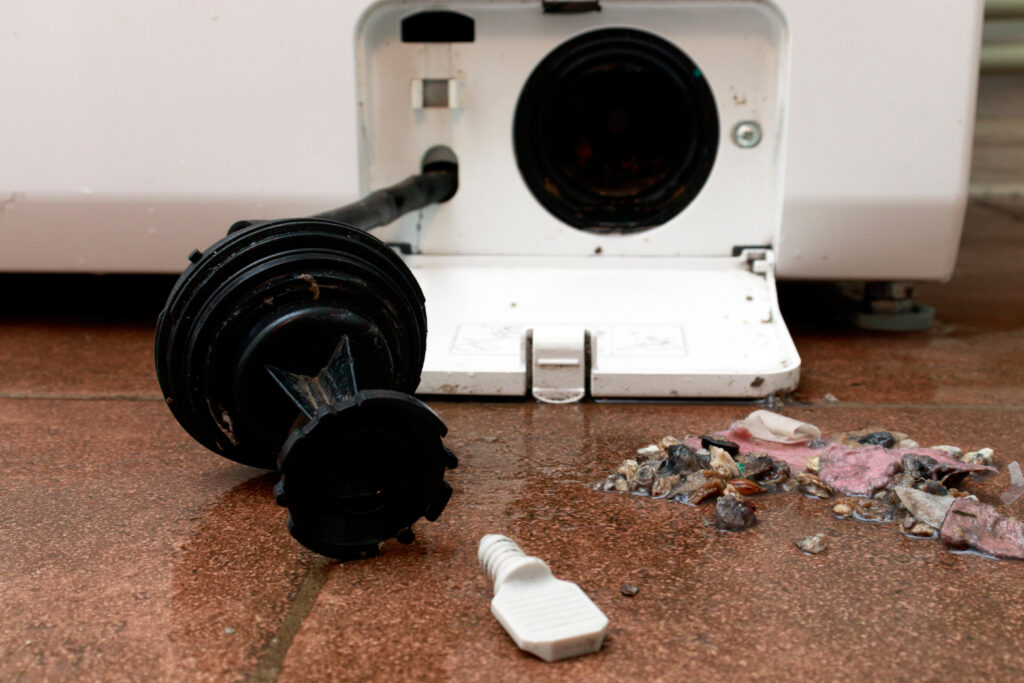
Small items, such as coins, end up in the drain pump filter all the time. Access the filter, which will either be on the bottom front or back of a front loading washing machine, or behind a front panel on a top loading machine. Your manufacturer instructions should include a diagram of your unit’s drain pump location and components. Pull the screen out, and inspect it for any obstructions or stuck items.
5. Clean the Coin Trap

Some washers have a coin trap designed to capture small items before they flow into the drain. Fortunately, coin traps have a panel designed for easy access. If your washer has one, clean it, and see if your machine drains after.
6. Test the Lid Switch
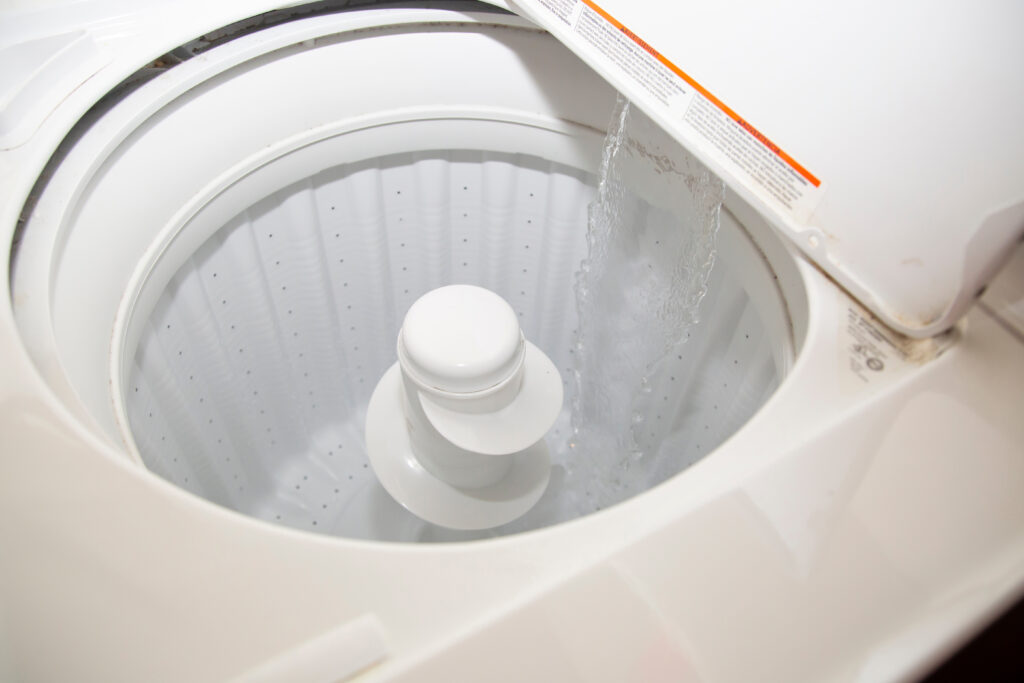
Top-loading washers only fill, drain, and spin when the lid is securely closed. Using a pencil or your finger, press the lid switch and see if this triggers the drum to drain. If this works, simply extend the stem on the lid so the lid presses the switch. If nothing happens when you press the lid switch, it may need to be replaced.
7. Try a Master Reset
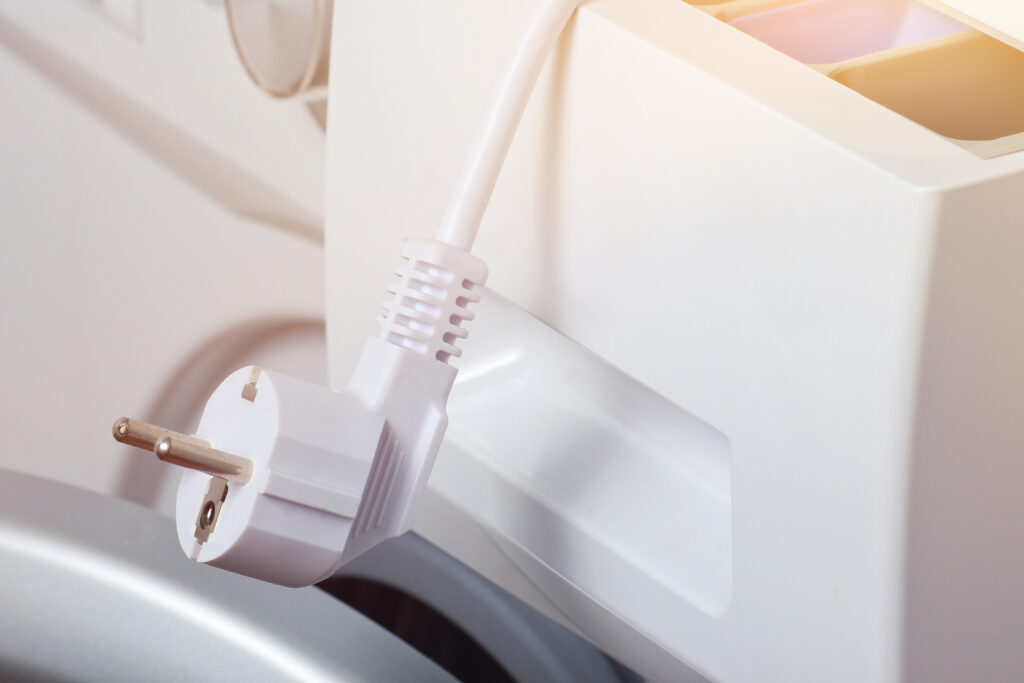
Some mechanical glitches in washing machines can be resolved with a simple reset. Unplug the washing machine for at least 60 seconds, then plug it back in. Follow by quickly opening and closing the door six times in 12 seconds. It might not work on all machines, but it’s a quick fix for those that are compatible with this reset.
8. Check the Power Source
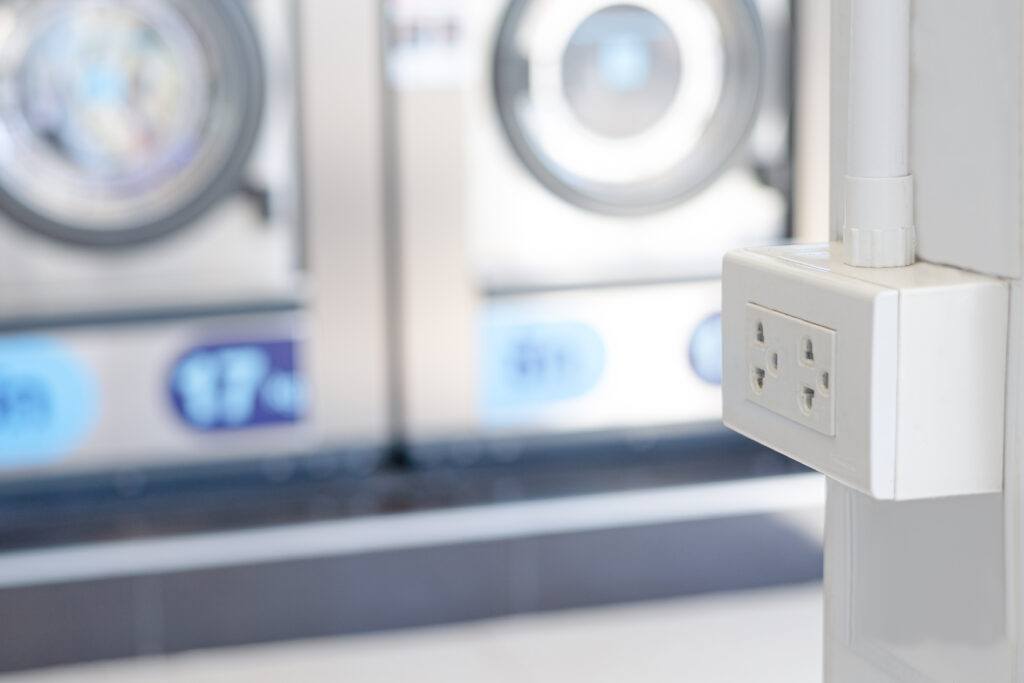
Washing machines should be directly plugged into the wall. If your washing machine is connected to a power strip, this could result in an inconsistent flow of power, thereby disrupting the washing cycle. Rearrange cords accordingly so your washing machine can be connected to the wall outlet.
9. There’s Too Much Detergent
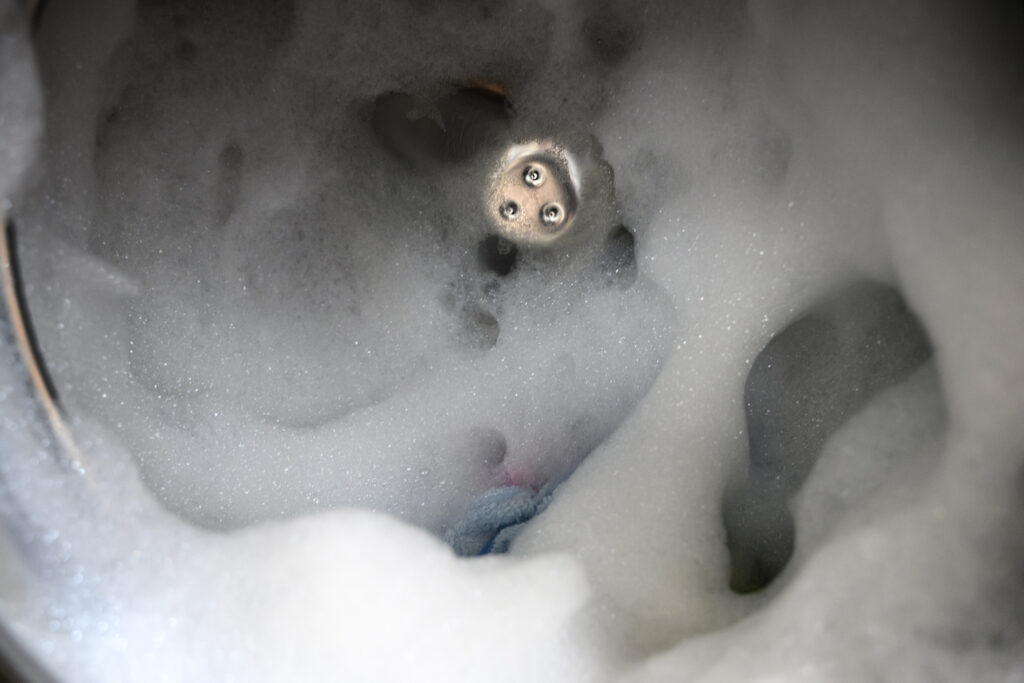
Too much detergent can result in too many suds, which can affect the washing machine’s sensors. The appliance will wrongly detect a larger load than there really is. Simply re-run the load with the right amount of detergent to resolve the problem.
10. Uneven Loads
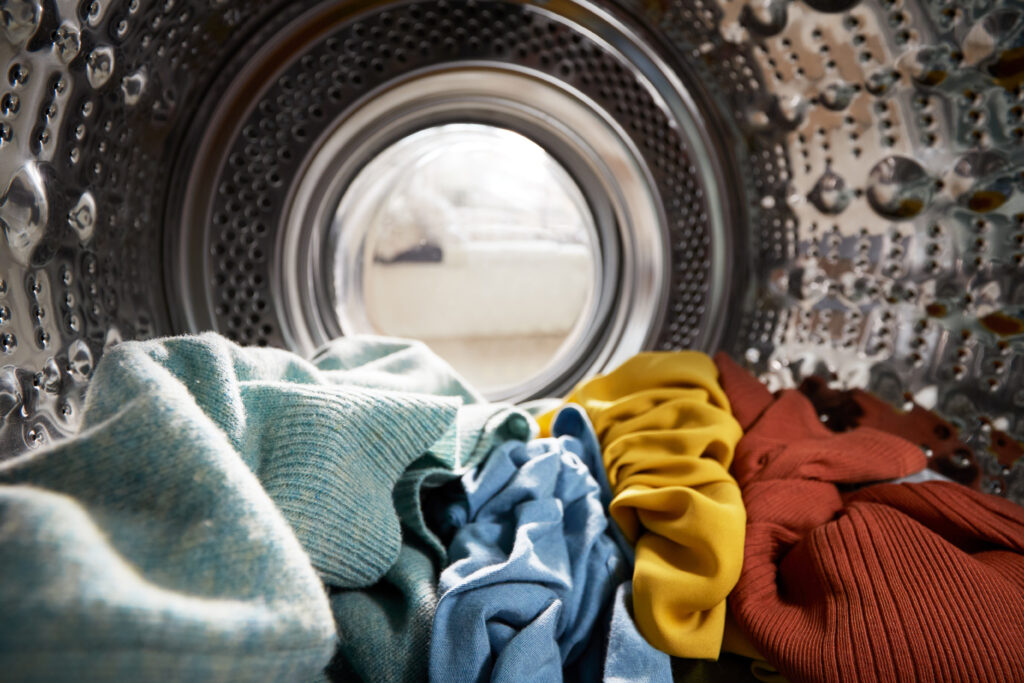
If you notice the laundry clumped to one side of the appliance, redistribute the items. Alternatively your load can also be too small, in which case you should add more items. If this is the issue, the cycle will continue when you close the door again. Note that any time there’s undue banging coming from the laundry room, stop the cycle and rebalance the load to prevent any damage to the appliance.
11. Check the Water Level Control
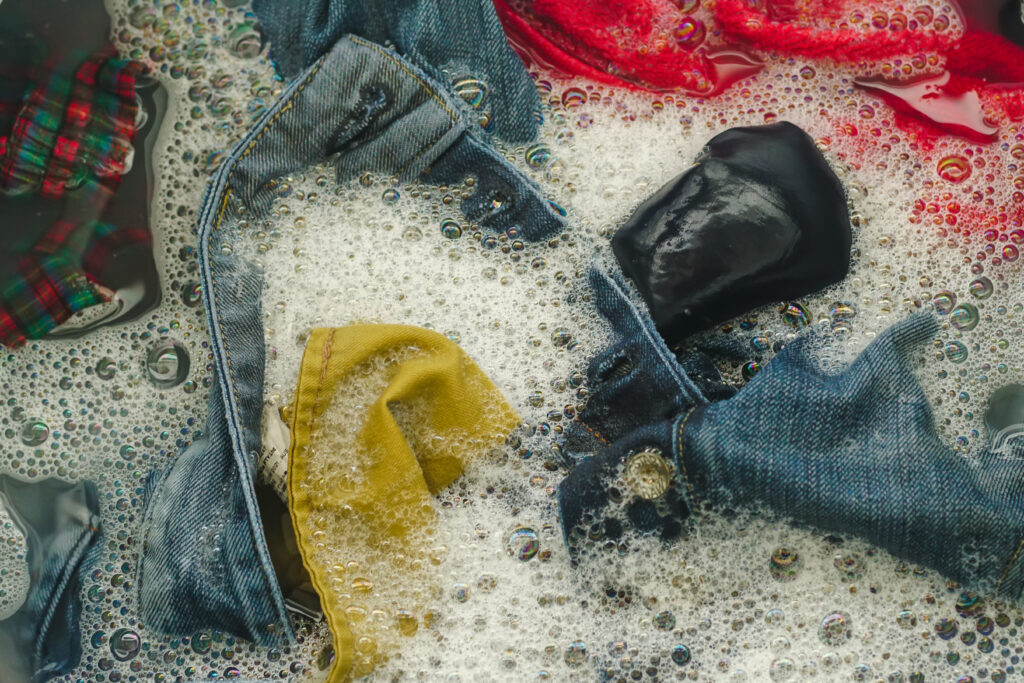
Another issue could be a faulty water level control. Open your appliance’s control panel and look for a plastic tube attached to the water level valve. If you notice it clogged, clean it with vinegar. If the valve is corroded, it will need to be replaced.
12. Inspect the Water Inlet Valve
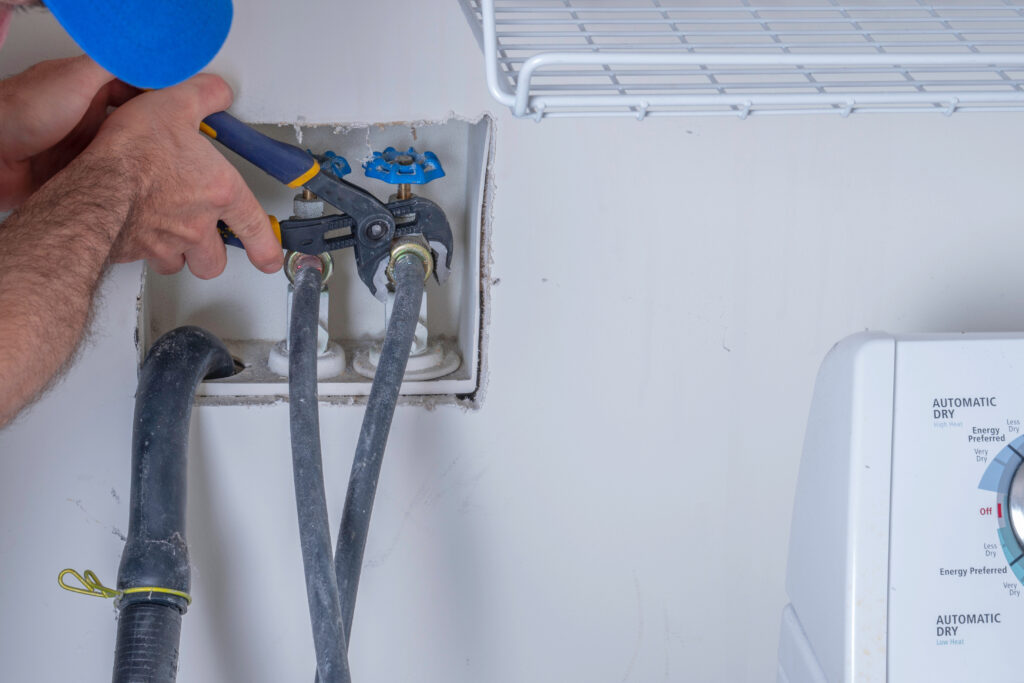
The water inlet valve is responsible for the flow of water into the machine. However, a faulty valve can lead to water leakage. To address a faulty valve, locate the water inlet valve— typically at the back of the washing machine where hot and cold water hoses connect—and inspect for any visible signs of damage. If you notice damage, the valve will need to be replaced.
13. Find the Proper Drain Height
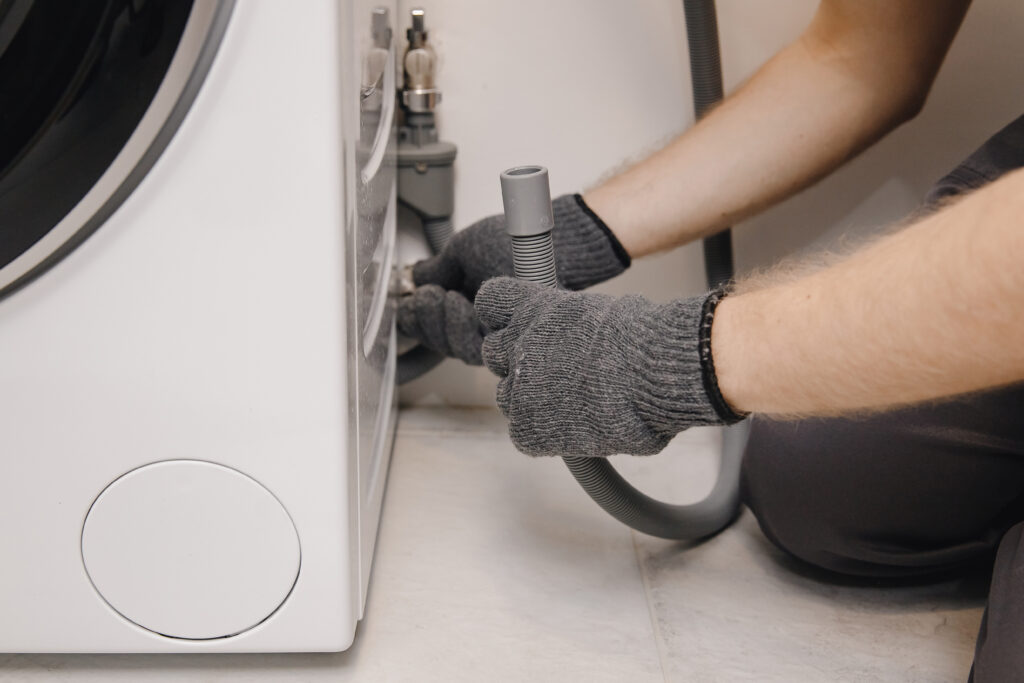
Check your manufacturer instructions to find the washer drain height range for a properly draining washing machine. If the current drain height isn’t up to par, reposition the drain hose or standpipe (the pipe connected to the drain hose) to remedy the problem.
14. Inspect the Drain Vent
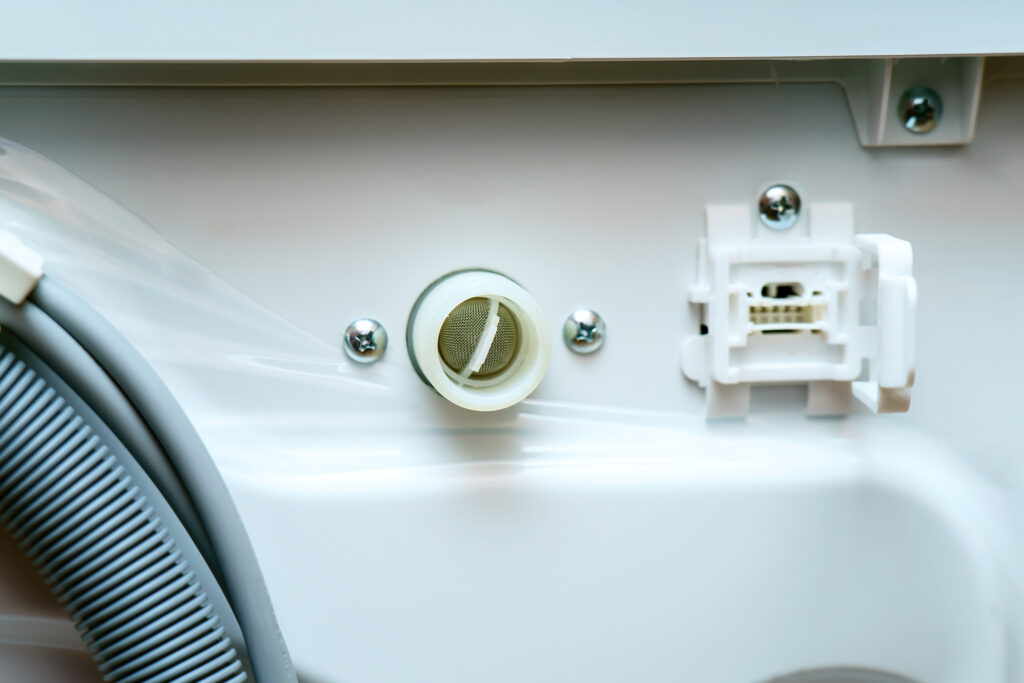
Drain vents allow air into the machine, preventing a vacuum that might prevent water from draining properly. If there’s a gap around the drain hose where it enters the drain, you might not need a vent. However, you should have a vent if local building codes require one or if your washer is more than four feet from the vent stack.
15. Inspect the Washing Machine Belts
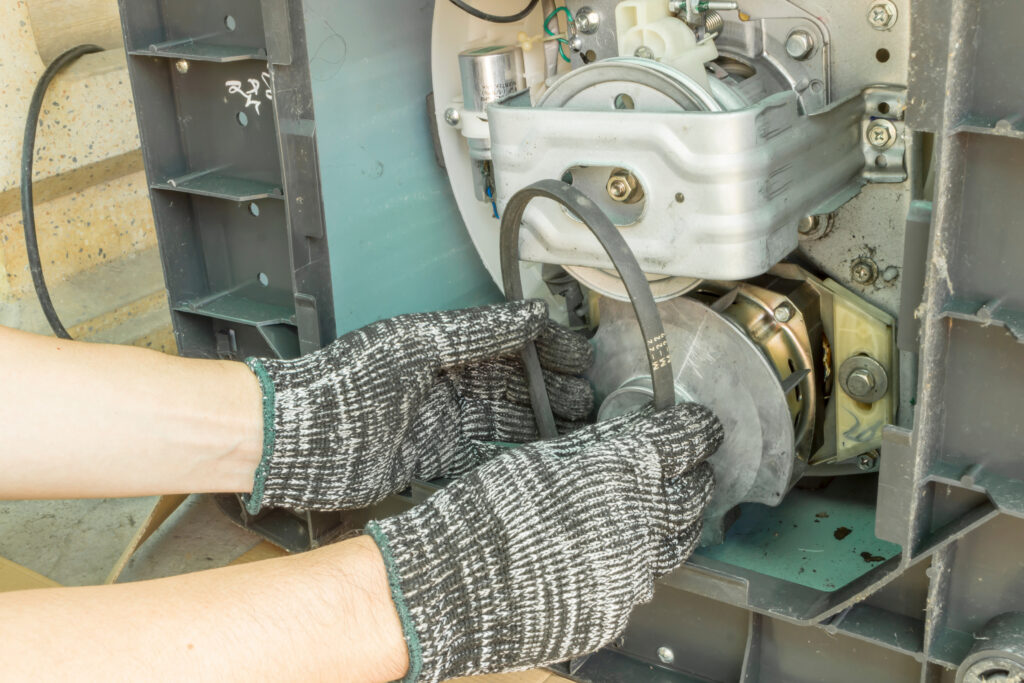
Again using your manufacturer’s manual, check the location of the washing machine belts. Unscrew the access panel and check the main belt and pump belts to see if they’re corroded, broken, or otherwise damaged. In this case, you’ll have to call in a professional for repair.
Other Causes: Why is My Washing Machine Not Draining?
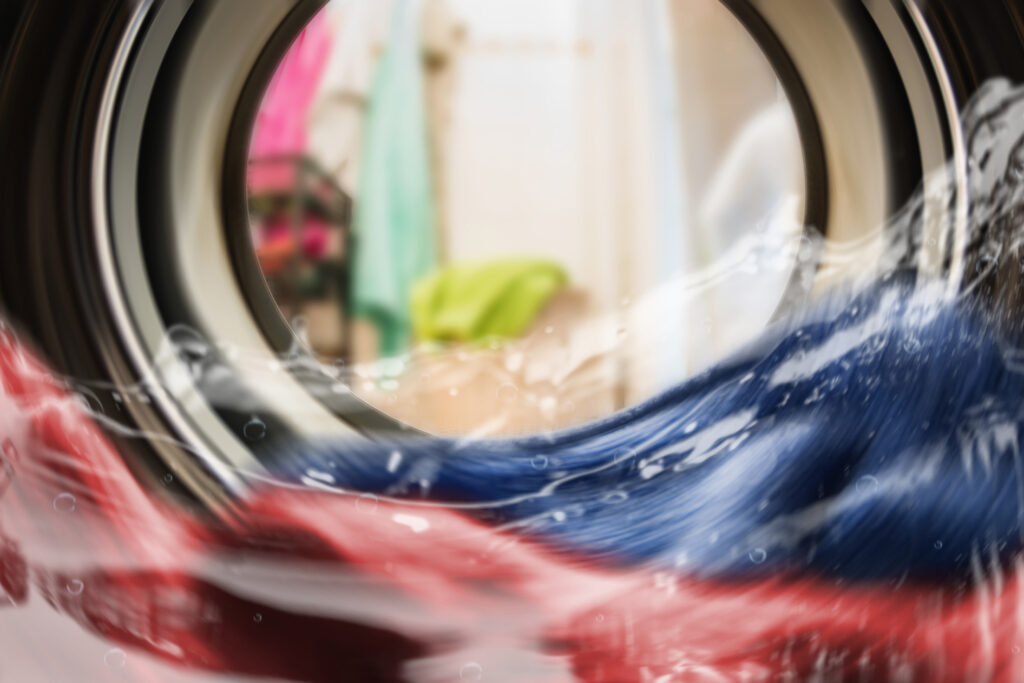
If you’ve run through all of the above and you still haven’t resolved the problem, there are a couple other reasons why water might be standing in your washing machine.
- General plumbing issues around the home: If you’ve noticed not just your washing machine but also sinks and toilet not draining properly, you might have an overall plumbing issue.
- Clogged drains: Speaking of plumbing issues, there could be a clogged drain line, preventing proper drainage.
- Faulty control board: The control board controls the functions of the machine, including the wash, rinse, and drain cycles to start and stop each at the right time. If the control board is faulty, this could result in the machine not draining properly.
When to Repair vs. Replace?
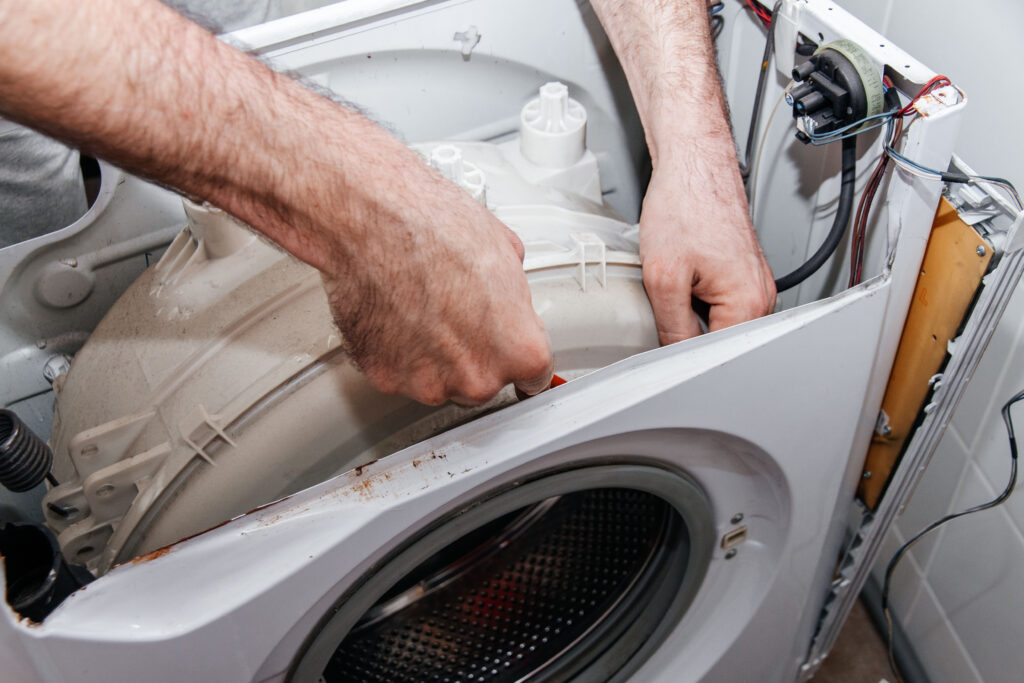
The lifespan for most washing machines is between 10 to 13 years. If you’re on the lower end of that spectrum, it’s most cost effective to repair a faulty washing machine. The average cost of repairing a washing machine ranges between $100 to $400.
When to Get Help?
If, after all of this troubleshooting, your washer still doesn’t work, you could have an issue with the machine’s rotor, drive motor, or other essential part. For these mechanical issues, it’s best to seek professional help. Washing machine repair people can resolve issues quickly, and if they don’t know what the issue is immediately, they know what else to check.
Don’t waste time searching for “appliance repair near me.” With same-day handyman services on Taskrabbit, connect with a qualified Tasker in a matter of minutes! Once the washing machine repair is out of the way, your handyman Tasker can help with any other home maintenance tasks while they’re at it.
Last updated on December 8, 2025 by Grace Branscome

